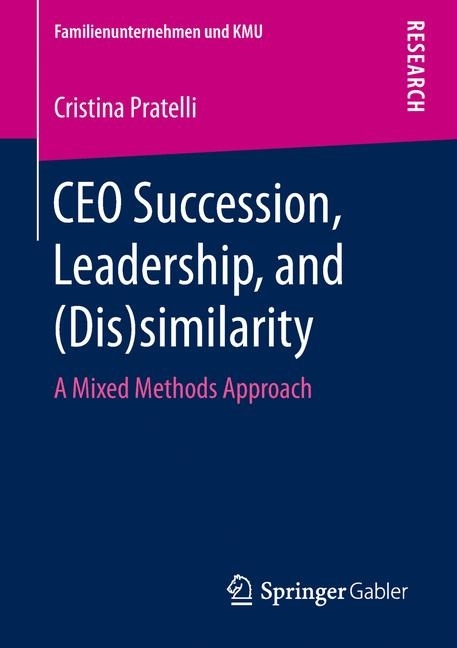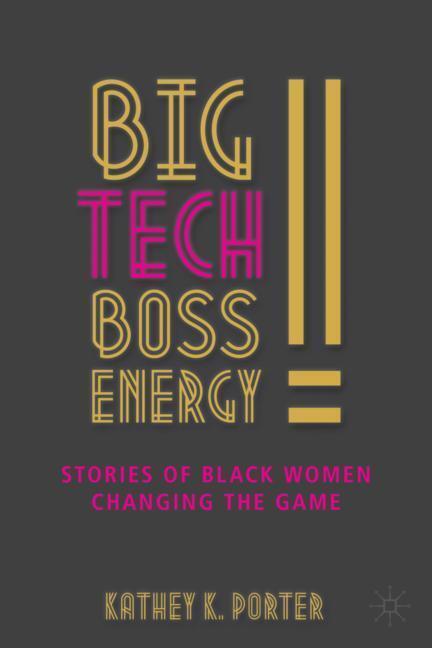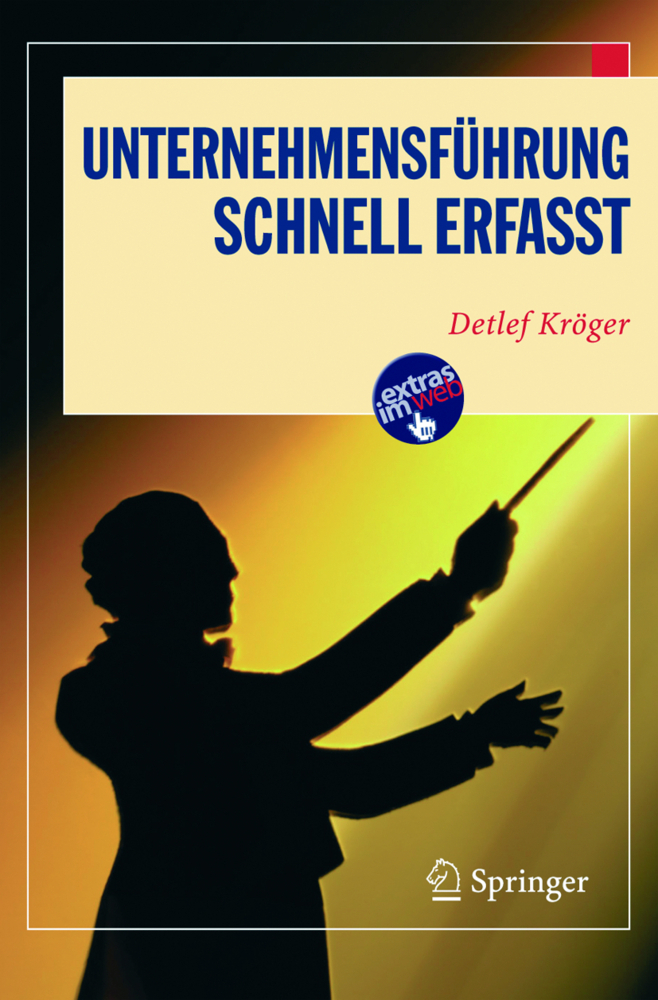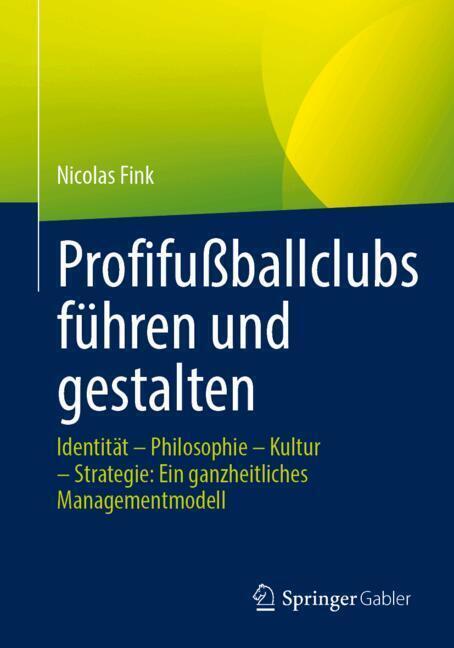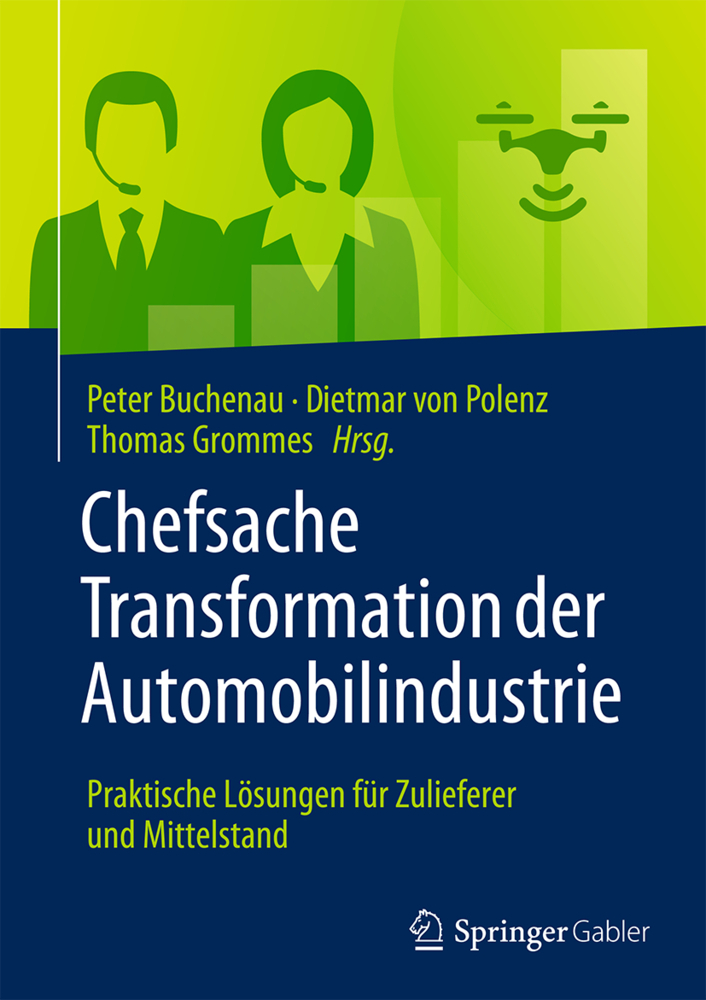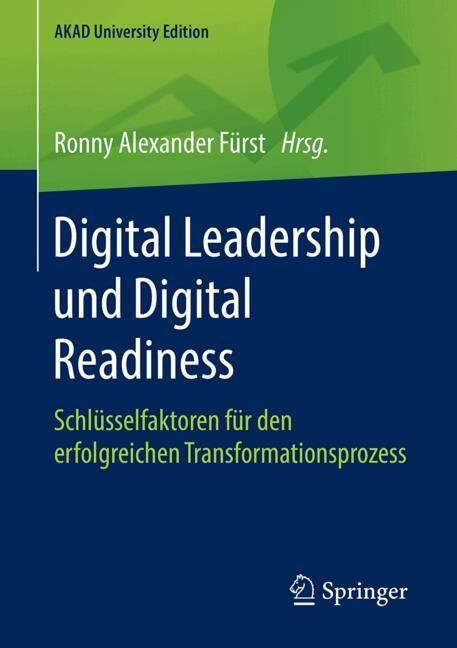CEO Succession, Leadership, and (Dis)similarity
A Mixed Methods Approach
CEO succession represents a challenge for many companies. The leadership style of the new CEO impacts employees' attitudes which, in turn, might be biased by the comparison employees make with their previous CEO. Cristina Pratelli investigates how and why leadership style (dis)similarity between the predecessor and the successor develops and affects successor leadership effectiveness. After a literature review and a theoretical model, she presents results from a quantitative study with SMEs in Switzerland as well as a qualitative multiple-case study with family businesses based in Germany, Italy, and Switzerland. This work offers new insights into CEO selection, leadership development, and the effectiveness of organizations.
Dr. Cristina Pratelli wrote her dissertation under the supervision of Prof. Dr. Andreas Hack at the Institute of Organization and HRM at the University of Bern, Switzerland. She is currently working as consultant for change management and HR transformation.
Dr. Cristina Pratelli wrote her dissertation under the supervision of Prof. Dr. Andreas Hack at the Institute of Organization and HRM at the University of Bern, Switzerland. She is currently working as consultant for change management and HR transformation.
1;Foreword;6 2;Acknowledgements;8 3;Table of contents;10 4;List of figures;13 5;List of tables;14 6;List of abbreviations;15 7;1 Introduction;17 7.1;1.1 Motivation and research problem;17 7.2;1.2 Research goals;19 7.3;1.3 Research philosophy;22 7.4;1.4 Methodology: A mixed methods approach;22 7.5;1.5 Structure of the dissertation;26 8;2 Theoretical framework;28 8.1;2.1 Leadership;28 8.1.1;2.1.1 Overview of leadership theories;28 8.1.2;2.1.2 Leadership development;39 8.1.3;2.1.3 CEO and leadership succession;43 8.2;2.2 Family business;48 8.2.1;2.2.1 Definition and theoretical approaches;48 8.2.2;2.2.2 Passing the baton to the next generation of leaders;50 8.3;2.3 Theories from social and cognitive psychology;58 8.3.1;2.3.1 Bandura's social cognitive theory;58 8.3.2;2.3.2 Leader transference and implicit leadership theory;63 8.3.3;2.3.3 Expectation (dis)confirmation theory;66 9;3 Does the apple fall far from the tree? Leadership style continuity in family businesses;68 9.1;3.1 Introduction;69 9.2;3.2 Theoretical background;71 9.2.1;3.2.1 Leadership style continuity and family businesses;71 9.2.2;3.2.2 Leadership style continuity and observational learning;72 9.3;3.3 Conceptual framework;74 9.3.1;3.3.1 Family kin and leadership style continuity;76 9.3.2;3.3.2 Influential factors at the individual level;78 9.3.3;3.3.3 Influential factors at the family level;80 9.3.4;3.3.4 Influential factors at the family business level;82 9.4;3.4 Discussion;84 10;4 How does leadership style (dis)similarity influence employees' attitudes? An empirical study about CEO leadership succession in SMEs;87 10.1;4.1 Introduction;88 10.2;4.2 Theoretical background and hypotheses;90 10.2.1;4.2.1 Charismatic leadership style and employees' attitudes;92 10.2.2;4.2.2 Effects of leadership style similarity;94 10.2.3;4.2.3 Effects of leadership style dissimilarity;96 10.3;4.3 Method;100 10.3.1;4.3.1 Participants and procedures;100 10.3.2;4.3.2 Measures;104 10.3.3;4.3.3 Analysis;106 10.4;4.4 Results;112 10.5;4.5 Discussion;121 10.5.1;4.5.1 Implications for theory and research;121 10.5.2;4.5.2 Practical implications;123 10.5.3;4.5.3 Study limitations and recommendations for future research;124 11;5 Intra-family leadership succession and leadership style (dis)similarity: An explorative, multiple case study with non-family member employees;126 11.1;5.1 Introduction;127 11.2;5.2 Theoretical background;129 11.2.1;5.2.1 Family business and leadership succession;129 11.2.2;5.2.2 Leadership behavior and effectiveness;130 11.3;5.3 Methodology;134 11.3.1;5.3.1 Research design and sample;134 11.3.2;5.3.2 Data collection and interview protocol;138 11.3.3;5.3.3 Data analysis;140 11.4;5.4 Findings;144 11.4.1;5.4.1 Taxonomy of leadership behaviors;144 11.4.2;5.4.2 Successor leadership effectiveness;155 11.4.3;5.4.3 Family business perception;161 11.4.4;5.4.4 Co-leadership;163 11.4.5;5.4.5 "It is a generational matter": Successor youthfulness;165 11.5;5.5 Discussion;167 11.5.1;5.5.1 Successor and leadership behavior;167 11.5.2;5.5.2 Moderating factors and leaderships style (dis)similarity effectiveness;168 11.5.3;5.5.3 Methodological issues;170 11.5.4;5.5.4 Limitations and future research;171 11.5.5;5.5.5 Managerial implications;172 11.6;5.6 Conclusion;173 12;6 Final conclusion;174 12.1;6.1 Thesis summary;174 12.2;6.2 Theoretical implications;180 12.3;6.3 Managerial implications;181 12.4;6.4 Limitations and avenues for future research;181 12.5;6.5 Closing thoughts;183 13;References;184 14;Appendices;216 14.1;Appendix A. Definition, cutoff criteria and interpretation of the Fit Indexes applied for CFA;217 14.2;Appendix B. Constructs validity checks and fit indexes;219 14.3;Appendix C. Additional features of the response surface for OCA and OBSE;221 14.4;Appendix D. Illustrative e-mail sent to the CEOs with the invitation to participate in the survey;226 14.5;Appendix E. Exemplar e-mail sent to the employees with the invitation to participate in the survey at Time 2;228 14.6;Appen
Pratelli, Cristina
| ISBN | 9783658248192 |
|---|---|
| Artikelnummer | 9783658248192 |
| Medientyp | E-Book - PDF |
| Copyrightjahr | 2018 |
| Verlag | Springer Gabler |
| Umfang | 235 Seiten |
| Sprache | Englisch |
| Kopierschutz | Digitales Wasserzeichen |

